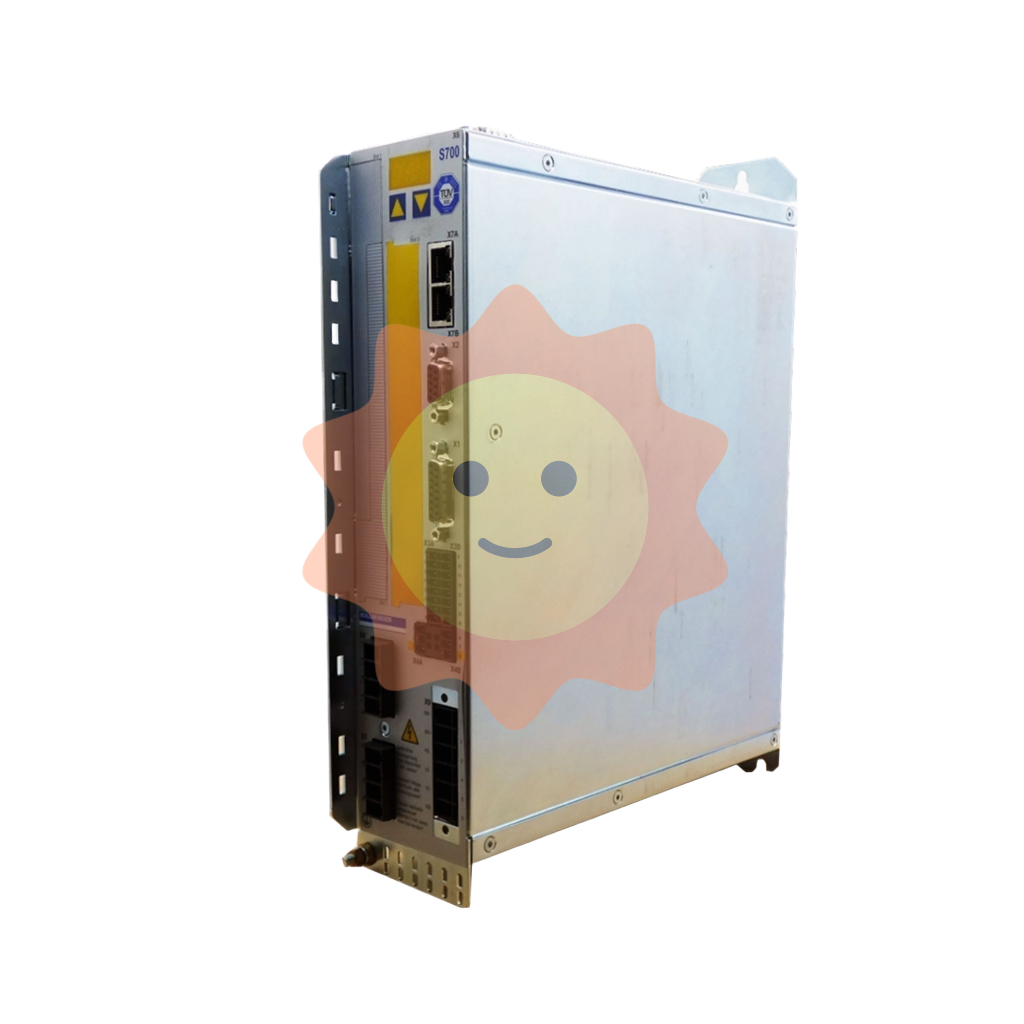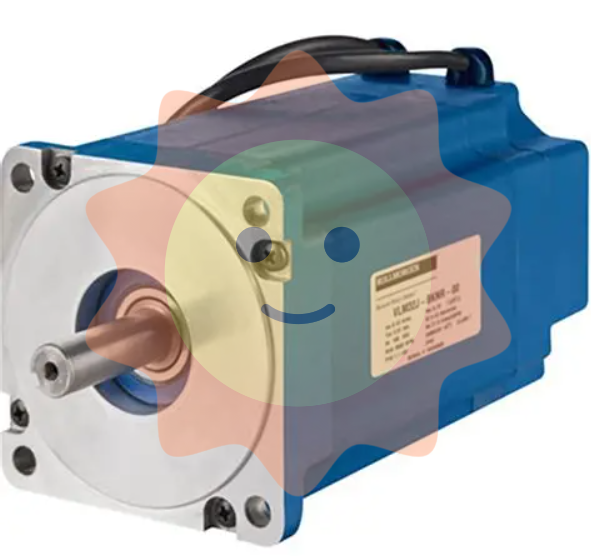China's textile industry: Added value upgrade, stability highlights, new opportunities for global expansion
Trend 1: China's textile industry upgrading trend, value-added enhancement has broad prospects
(1) There is still a gap between China's textile added value and that of developed countries, but there is a trend of narrowing the gap
Export structure dimension: the proportion of special textile exports with Japan, South Korea and Taiwan has narrowed significantly, in the past 20 years, the proportion of high value-added special textiles in China's textile exports has increased rapidly, although there is still a certain gap with Japan, South Korea and Taiwan, but it has been greatly reduced. Export unit price dimension: there is a significant gap with Japan, synthetic fibers have the trend of catching up with South Korea and Taiwan, although the price is affected by the supply of raw materials and the trade environment will fluctuate in different years, but to a certain extent, it can also reflect the added value of export commodities in the region.
(2) Upstream technology breaks through raw material supply barriers, and leading enterprises continue to research and develop to drive industrial upgrading
On the one hand, with the breakthrough of domestic production of some high-performance chemical fiber products raw materials, the supply of raw materials and the reduction of costs provide favorable conditions for Chinese textile enterprises to produce high value-added textile materials, and drive the upgrading of the industrial chain structure; On the other hand, in the face of mature industrial chain supporting and continuously rising human costs and environmental constraints, no fewer high-quality leading enterprises actively seek transformation and upgrading, enter the high-quality development route, actively invest in the research and development of differentiated products and production processes, and obtain the recognition of international leading brands.
Adiponitrile mass production is imminent, with reference to the history of nylon 6, 66 demand is expected to be released, accelerating the domestic replacement of high-end products. 20 years adiponitrile key technology breakthrough, the domestic Huafen Group first put into production 50,000 tons, the current domestic adiponitrile expansion plan in the next 2 to 3 years more than 1 million tons. With reference to the 12-14 years of nylon 6 raw material caprolactam domestication, the price of nylon 6 slices has fallen sharply, which has greatly increased the demand for nylon 6 and realized the history of domestic replacement. We believe that the expansion of adipdinitrilene is also expected to help nylon 66 cost decline and help downstream civil demand release a large number of products. Accelerate the process of 66 domestic replacement, and manufacturers who master the core technology and equipment of nylon 66 fiber are expected to expand and upgrade the industrial structure.
(3) The policy promotes product innovation, intelligent upgrading, clean and high pollution capacity, and the industry turns to high-quality development
According to the "14th Five-Year Development Outline of the textile industry", China's textile industry has achieved structural optimization during the 13th Five-Year Plan period, high-performance fiber production accounts for 1/3 of the world, and the R&D cost rate of large-scale textile enterprises has increased by 0.4p.p. To more than 1%, domestic textile equipment domestic share of more than 75%, the unit output value of comprehensive energy consumption -25.5%, printing and dyeing unit product water consumption -17% and pollution wastewater discharge -10% of the results, basically achieve the 13th Five-Year period goals.
For the future, China's textile industry will continue to achieve all-round upgrading from all aspects, specifically:
1) Industrial structure optimization: The Textile "14th Five-Year" Outline pointed out that by 25 years, the proportion of fiber consumption of China's clothing, home textiles, and industrial three categories of end products will be adjusted from 40:27:33 to 38:27:35.
2) R & D and innovation to create differentiated products: The Textile "14th Five-Year Plan" points out that the R&D cost rate of large-scale textile enterprises will increase by 0.3p.p in 25 years. To 1.3%, high performance fiber self-sufficiency rate of more than 60%; "Chemical fiber" 13th Five-Year "guidance" pointed out that 16 to 20 years, the chemical fiber differentiation rate target to increase by 1p. "Textile Development (2016-2020)" pointed out that the 16-20 years of the textile industry invention patent authorization target annual growth of 15%.
3) Equipment innovation, automation and digitalization, continuous improvement of human efficiency: the Textile "14th Five-Year Plan" points out that by 25 years, the level of automation will be greatly improved, the development of filament intensive high-speed winding equipment, the development of automatic rotary spinning machine, high-speed shuttleless loom, automatic warp threading machine and other intelligent high-end equipment, while vigorously promoting digital information reform; The average annual growth of labor productivity of large-scale textile enterprises is higher than the growth of industrial added value (the average annual growth of labor productivity of all employees of large-scale textile enterprises in the 13th Five-Year Plan).
- EMERSON
- Honeywell
- CTI
- Rolls-Royce
- General Electric
- Woodward
- Yaskawa
- xYCOM
- Motorola
- Siemens
- Rockwell
- ABB
- B&R
- HIMA
- Construction site
- electricity
- Automobile market
- PLC
- DCS
- Motor drivers
- VSD
- Implications
- cement
- CO2
- CEM
- methane
- Artificial intelligence
- Titanic
- Solar energy
- Hydrogen fuel cell
- Hydrogen and fuel cells
- Hydrogen and oxygen fuel cells
- tyre
- Chemical fiber
- dynamo
- corpuscle
- Pulp and paper
- printing
- fossil
- FANUC
- Food and beverage
- Life science
- Sewage treatment
- Personal care
- electricity
- boats
- infrastructure
- Automobile industry
- metallurgy
- Nuclear power generation
- Geothermal power generation
- Water and wastewater
- Infrastructure construction
- Mine hazard
- steel
- papermaking
- Natural gas industry
- Infrastructure construction
- Power and energy
- Rubber and plastic
- Renewable energy
- pharmacy
- mining
- Plastic industry
- Schneider
- Kongsberg
- NI
- Wind energy
- International petroleum
- International new energy network
- gas
- WATLOW
- ProSoft
- SEW
- wind
- ADVANCED
- Reliance
- YOKOGAWA
- TRICONEX
- FOXBORO
- METSO
- MAN
- Advantest
- ADVANCED
- ALSTOM
- Control Wave
- AB
- AMAT
- STUDER
- KONGSBERG
- MOTOROLA
- DANAHER MOTION
- Bently
- Galil
- EATON
- MOLEX
- Triconex
- DEIF
- B&W
- ZYGO
- Aerotech
- DANFOSS
- KOLLMORGEN
- Beijer
- Endress+Hauser
- MOOG
- KB
- Moxa
- Rexroth


Email:wang@kongjiangauto.com


































































































